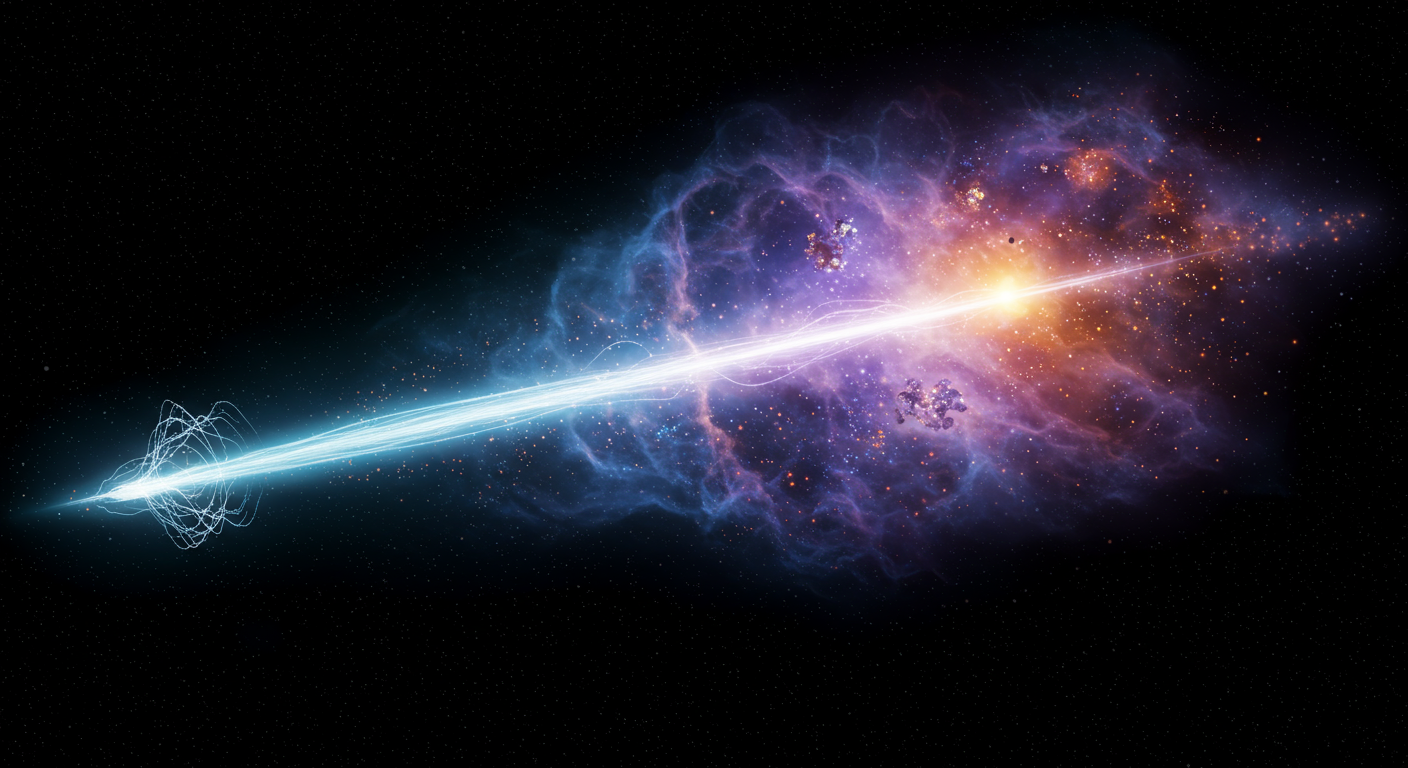Resonant or asymmetric: The status of sub-GeV dark matter

The search for dark matter (DM) has increasingly turned towards the sub-GeV mass range, a theoretically rich but experimentally challenging frontier. In our latest paper, “Resonant or asymmetric: The status of sub-GeV dark matter” (2405.17548), we conduct a comprehensive global analysis to map out the viable parameter space for some of the most compelling models in this regime. This work, led by Sowmiya Balan and involving a broad collaboration including our group’s Will Handley, leverages the powerful GAMBIT global fitting framework to synthesize a vast array of constraints.
The Challenge of Light Dark Matter
Thermally produced sub-GeV DM particles that interact with the Standard Model via a new “dark photon” mediator face a critical challenge. To explain the observed relic abundance, they must have had a significant annihilation cross-section in the early Universe. However, this same annihilation process, if it continued into the later Universe, would inject energy into the cosmos, leaving imprints that are strongly constrained by observations of the Cosmic Microwave Background (1807.06209) and astrophysical X-ray searches (2303.08854).
Our paper explores the primary mechanisms that can reconcile these conflicting requirements:
- Resonant Annihilation: For fermionic DM, if the dark photon’s mass is almost exactly twice the DM mass ($m_{A’} \approx 2m_{\text{DM}}$), the annihilation rate is resonantly enhanced in the hot, early Universe but suppressed today. This, however, requires a degree of fine-tuning between the masses.
- Asymmetric Dark Matter: If the dark sector possesses a particle-antiparticle asymmetry, similar to the baryon asymmetry of the Standard Model, the annihilation rate naturally dwindles as the minority component is depleted. This idea, explored in works like 1111.0293, allows for large annihilation cross-sections without violating late-time constraints.
- Velocity-Suppressed Annihilation: For scalar DM, the simplest interactions lead to a p-wave suppressed annihilation cross-section. This means the process is naturally inefficient at the low velocities characteristic of DM in the present-day Universe, neatly evading the strongest indirect detection bounds.
A Global Statistical Approach
To rigorously assess these scenarios, we performed both frequentist and Bayesian global analyses, integrating likelihoods from a wide range of experiments and observations:
- Cosmological Data: Constraints from Big Bang Nucleosynthesis (BBN) and exotic energy injection into the CMB.
- Astrophysical Searches: Limits from galactic X-ray surveys and the Bullet Cluster’s constraints on DM self-interactions.
- Accelerator Experiments: Data from BaBar, NA64, LSND, and MiniBooNE searching for missing energy or invisibly decaying dark photons.
- Direct Detection: Searches for both electron and nuclear recoils (including the Migdal effect) from experiments like XENON1T, PandaX-4T, DarkSide-50, and SENSEI.
By simultaneously fitting all model and nuisance parameters, we can identify which models and parameter regions are truly viable.
Key Findings and a New Benchmark
Our analysis reveals a clear picture of the current landscape. Using Bayesian model comparison, we find a “strong” preference for both the asymmetric fermionic DM model and the symmetric scalar DM model over the symmetric fermionic DM case. This preference arises because the first two scenarios avoid the fine-tuning penalty associated with the resonant annihilation required by the symmetric fermion model.
Crucially, we find that the most commonly used benchmark points in the literature are already in significant tension with existing data. To guide future experimental efforts, we propose a new, viable benchmark point:
- $m_{A’} = 2.5 \, m_\text{DM}$
- $\alpha_\text{DM} = 0.3$
This scenario is consistent with all current constraints and provides an attractive and well-defined target for the next generation of experiments. Our projections show that this new benchmark region can be fully explored by upcoming searches, highlighting the exciting discovery potential at the sub-GeV frontier in the coming decade.

Content generated by gemini-2.5-pro using this prompt.
Image generated by imagen-3.0-generate-002 using this prompt.